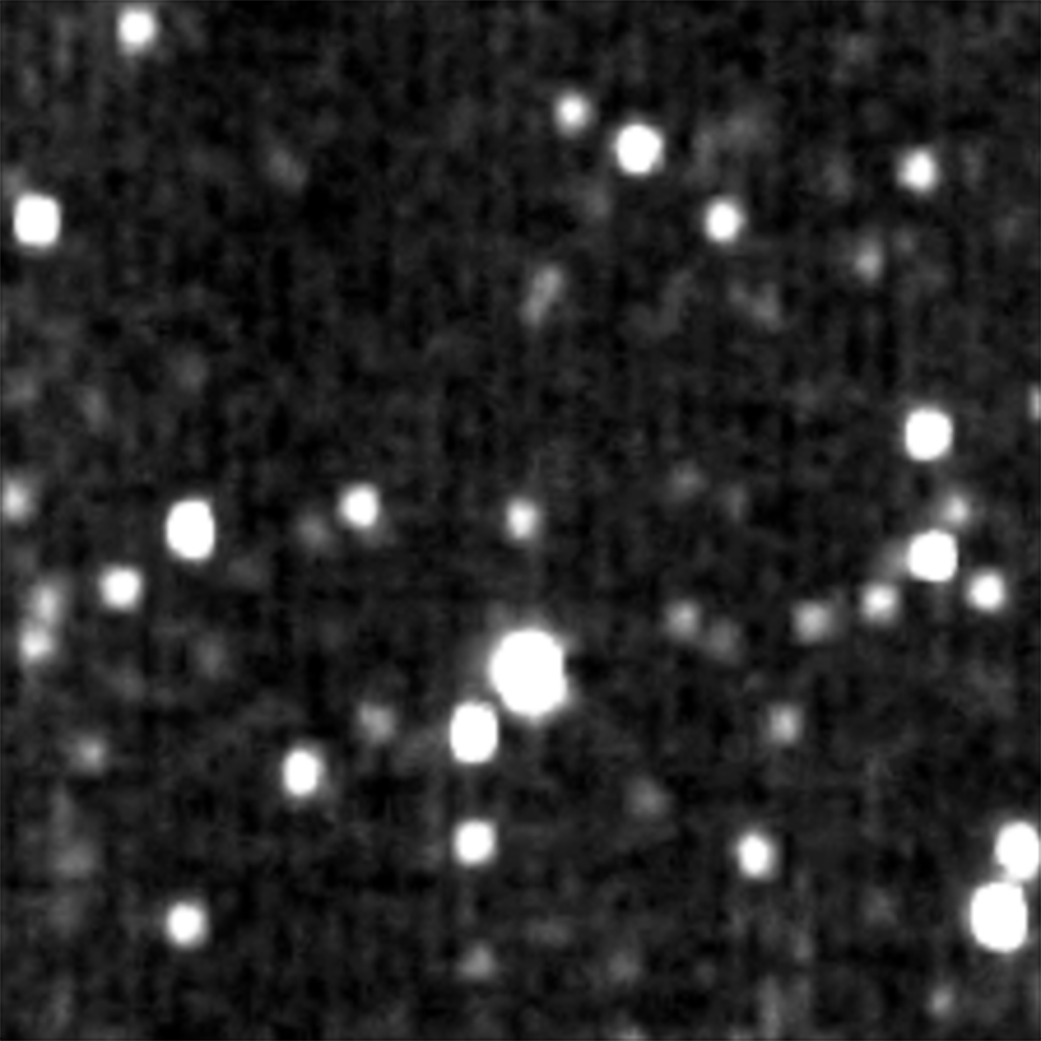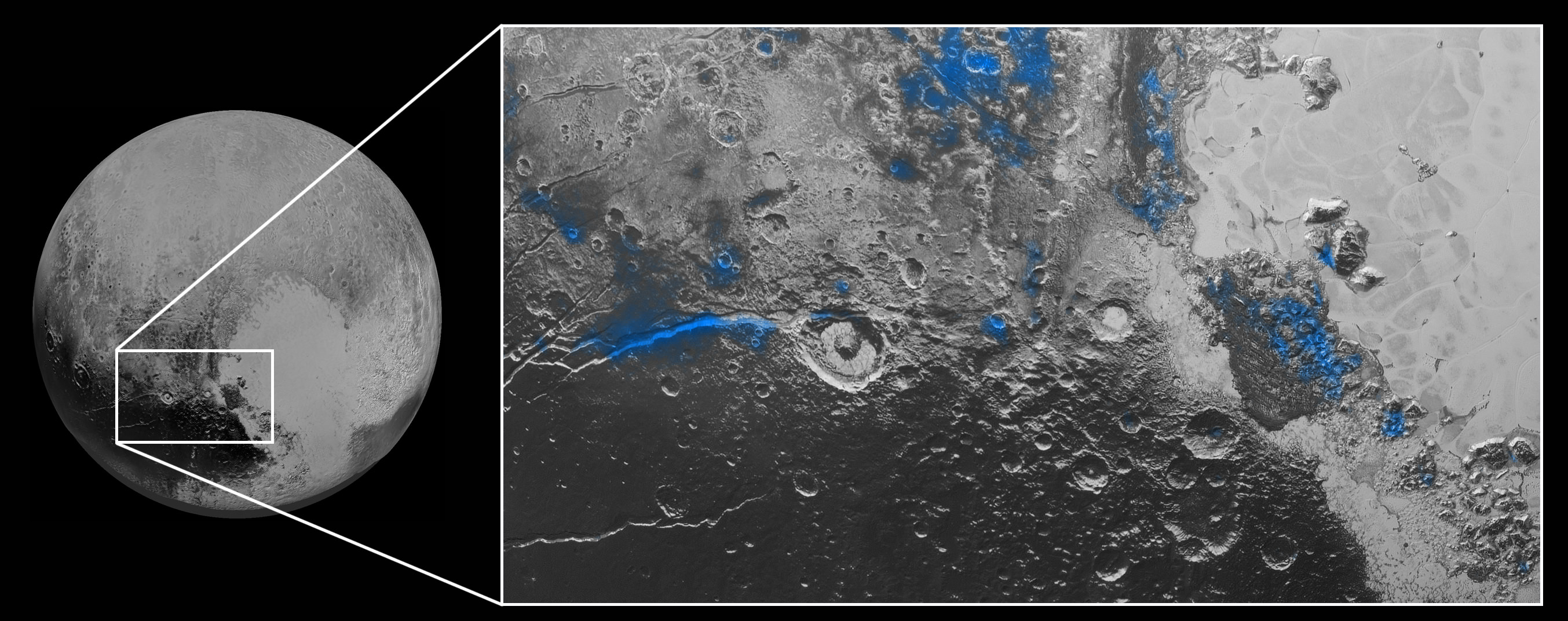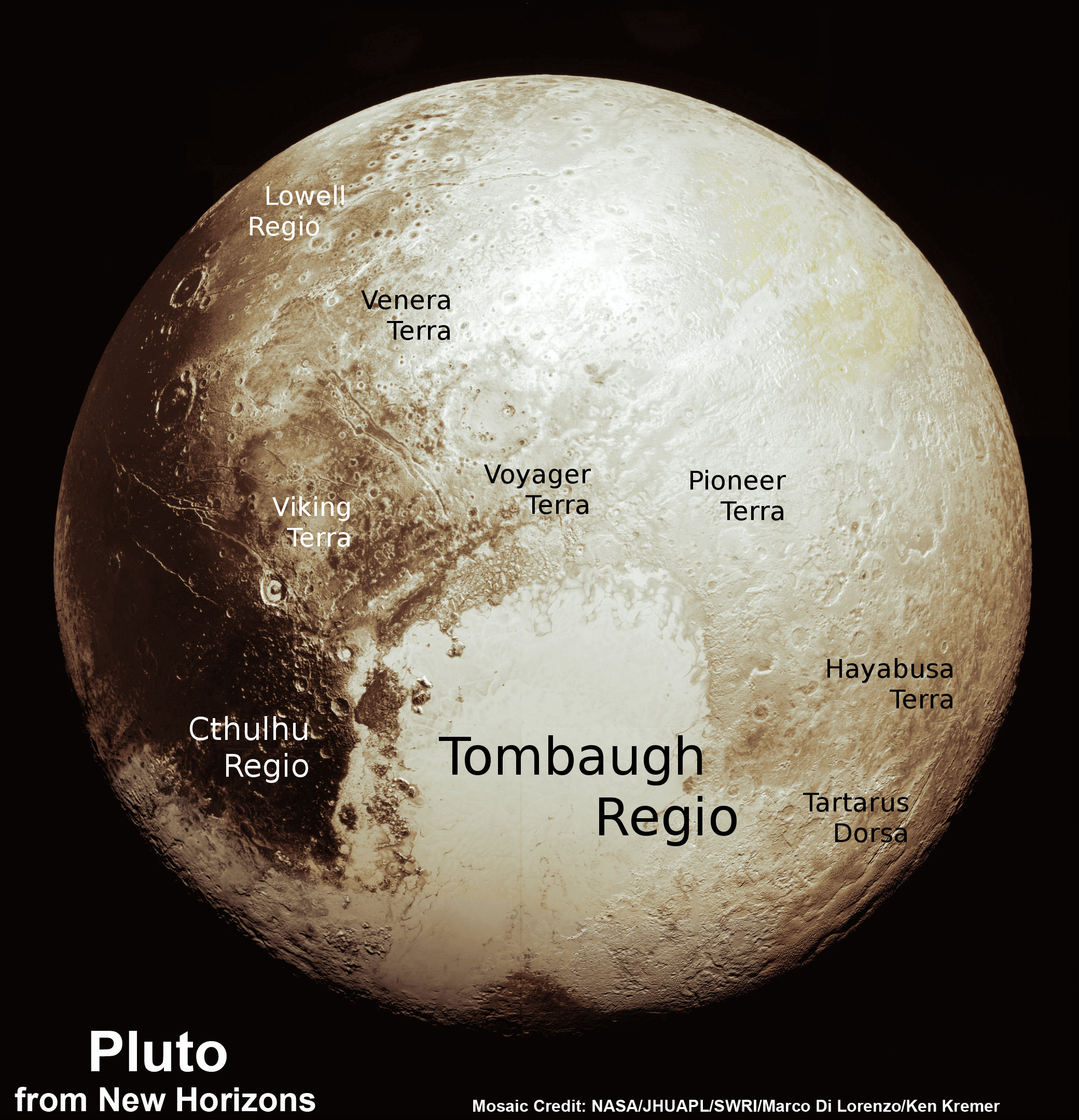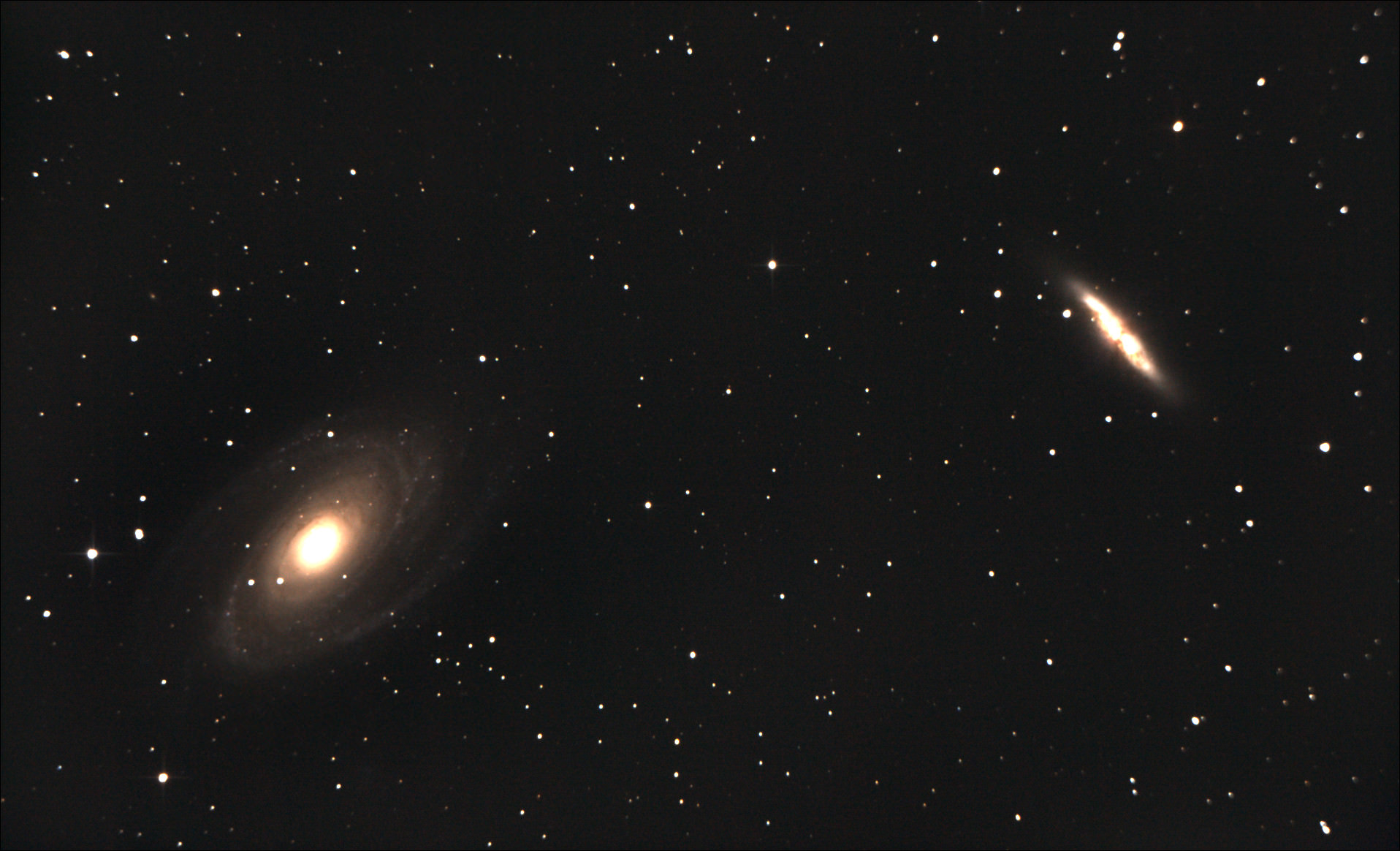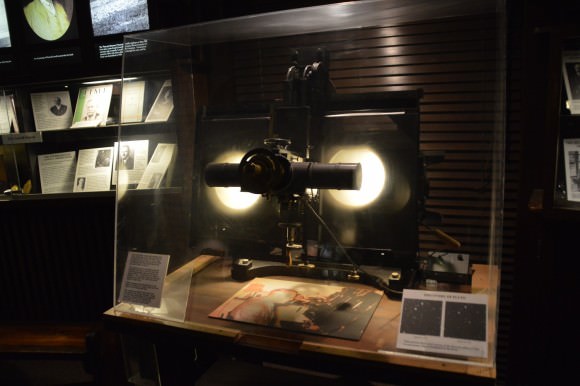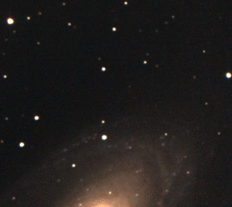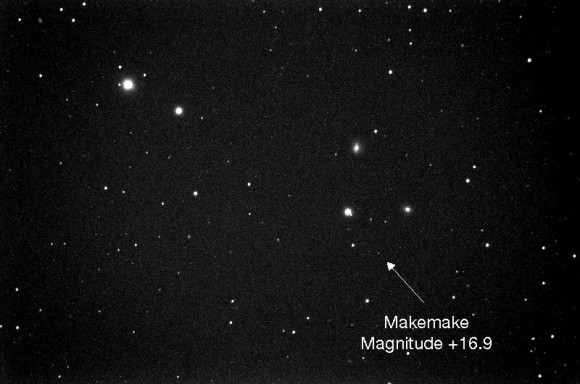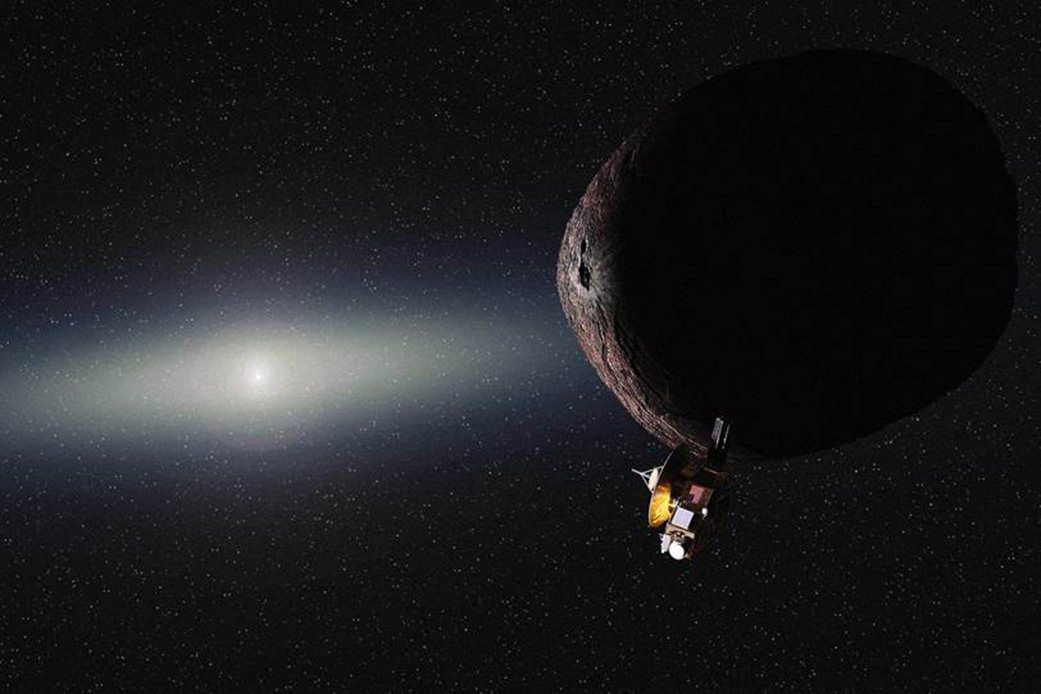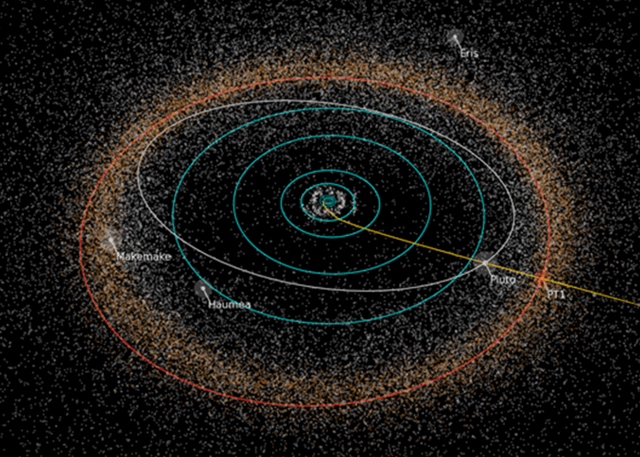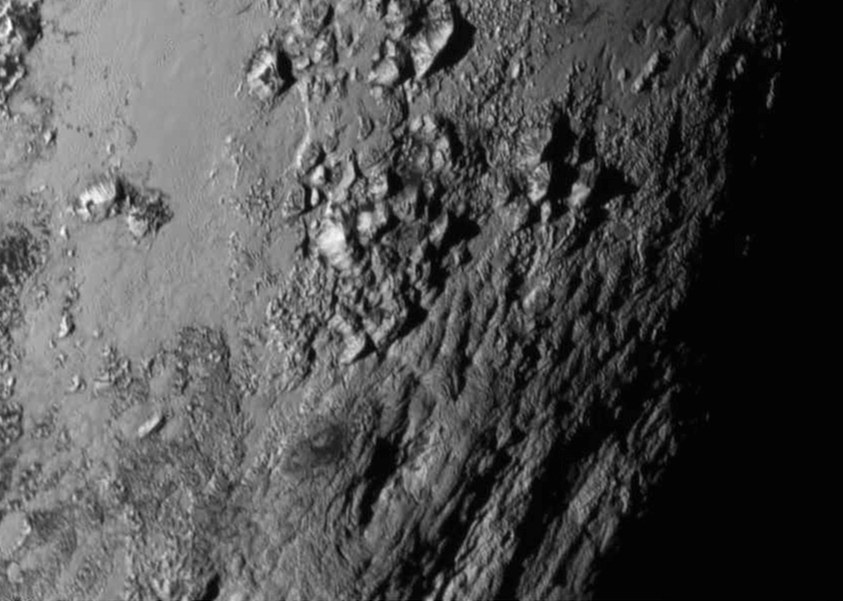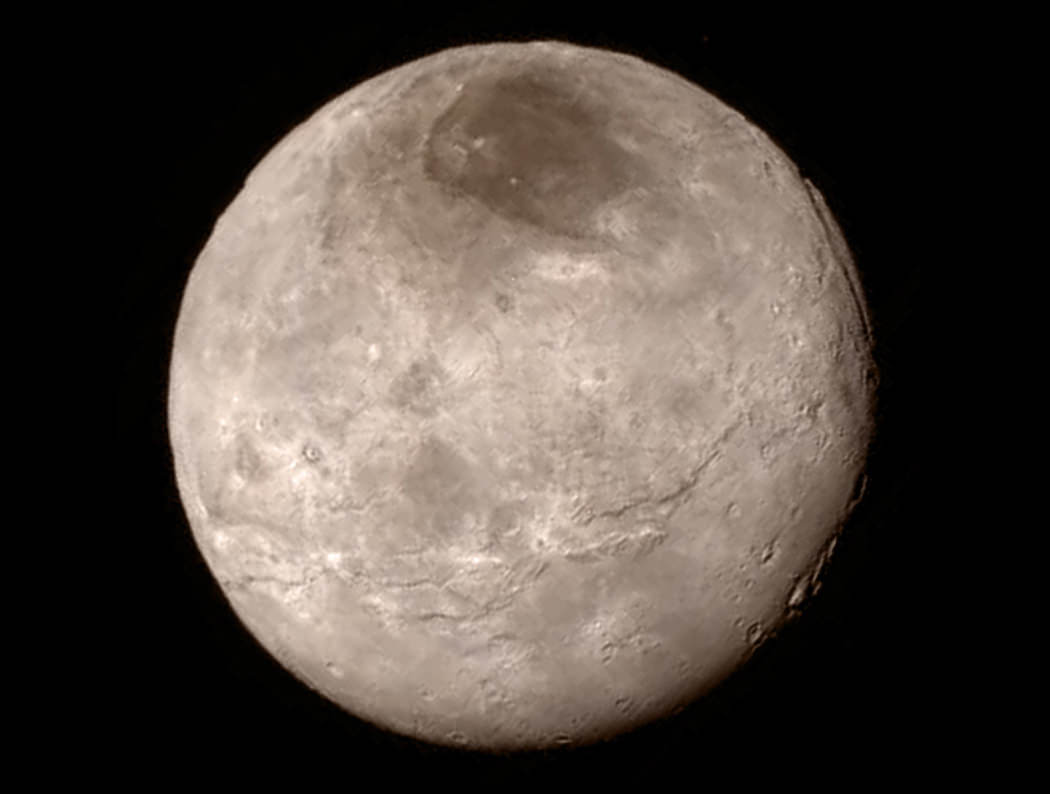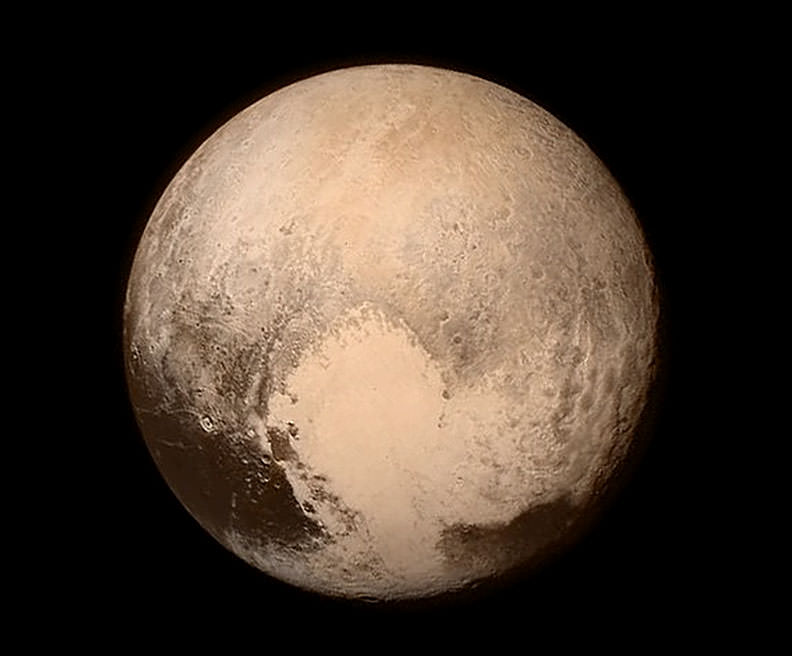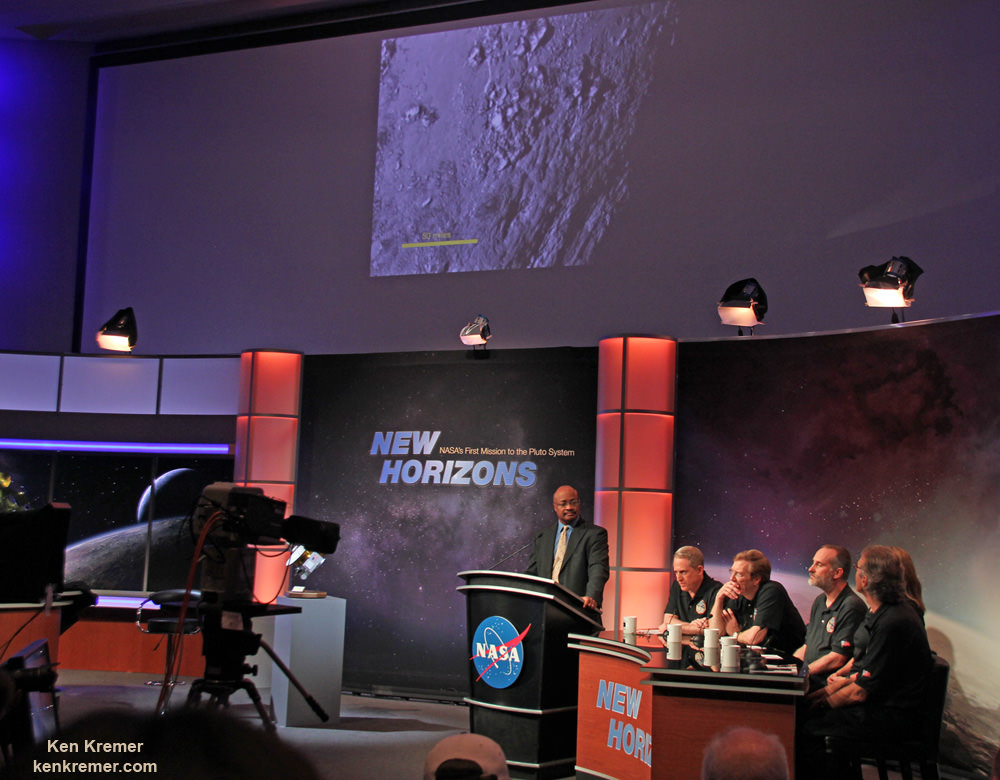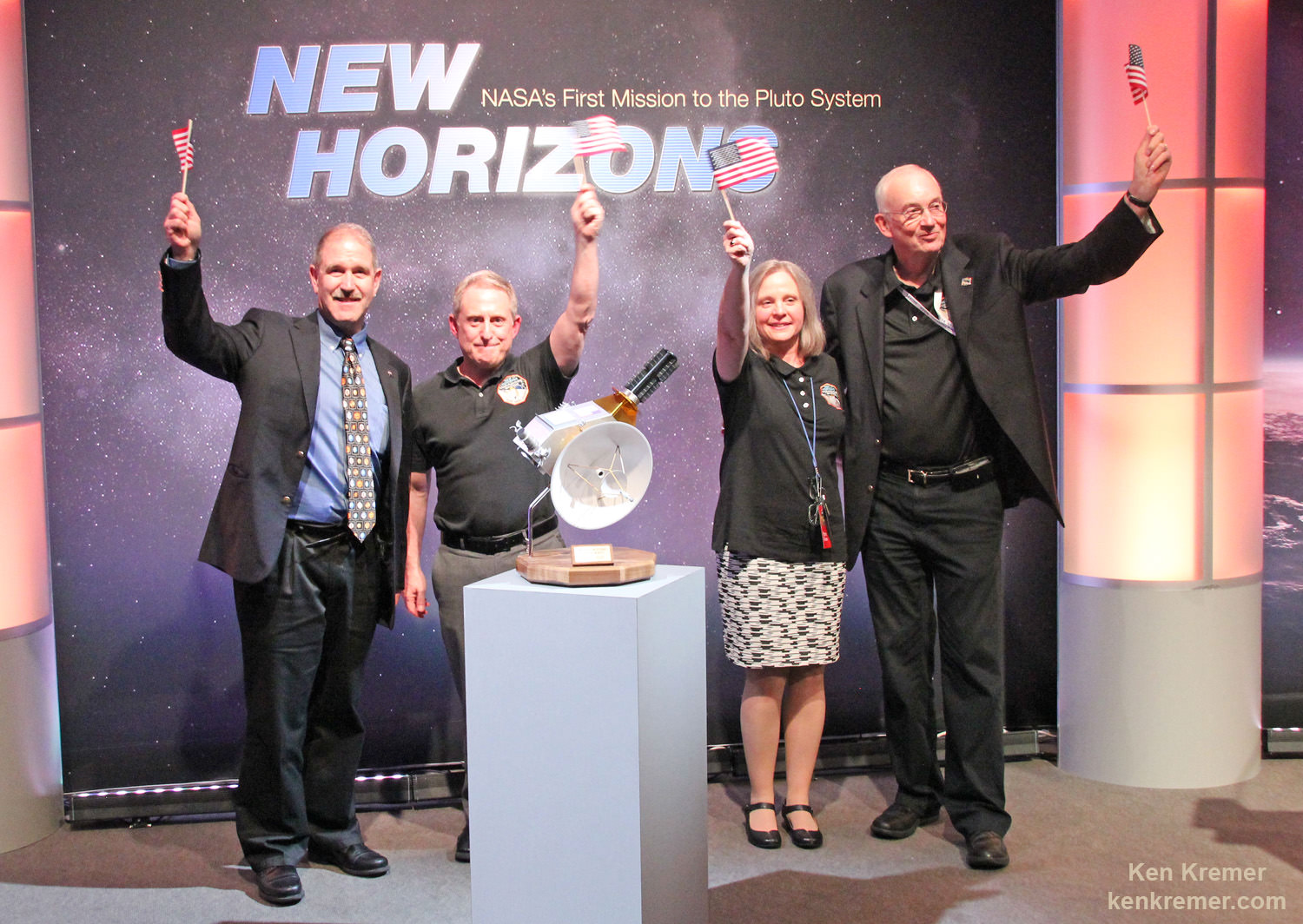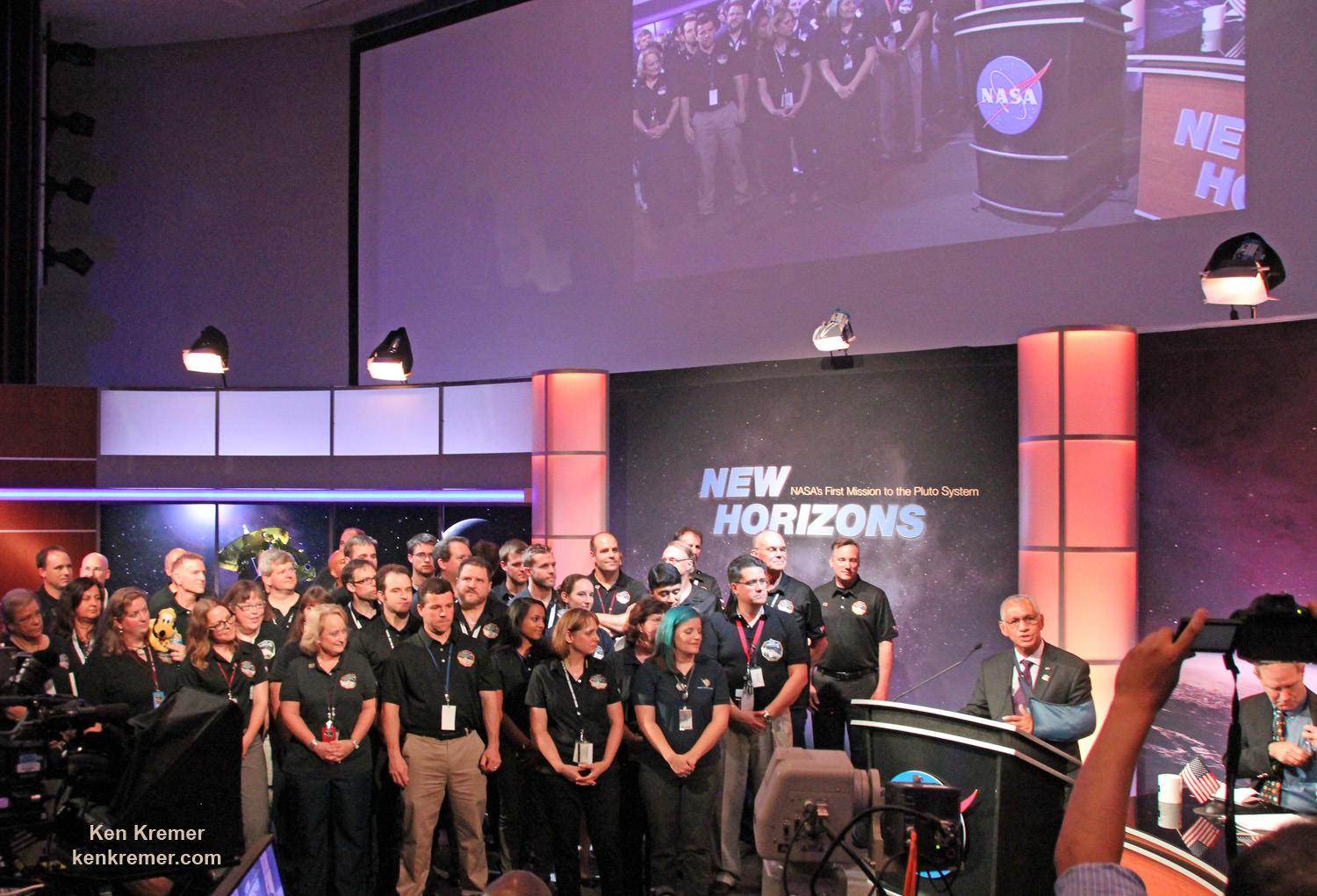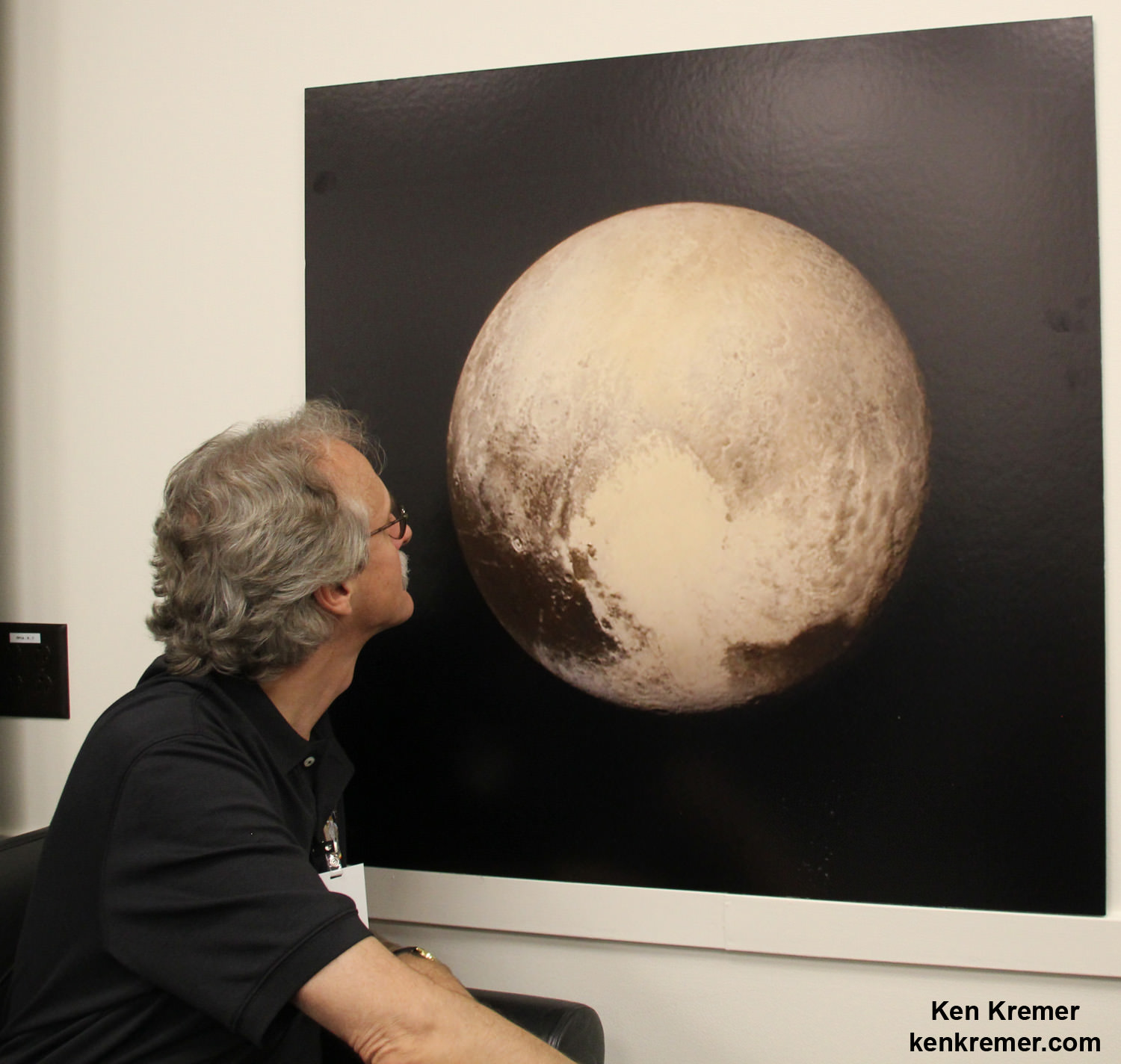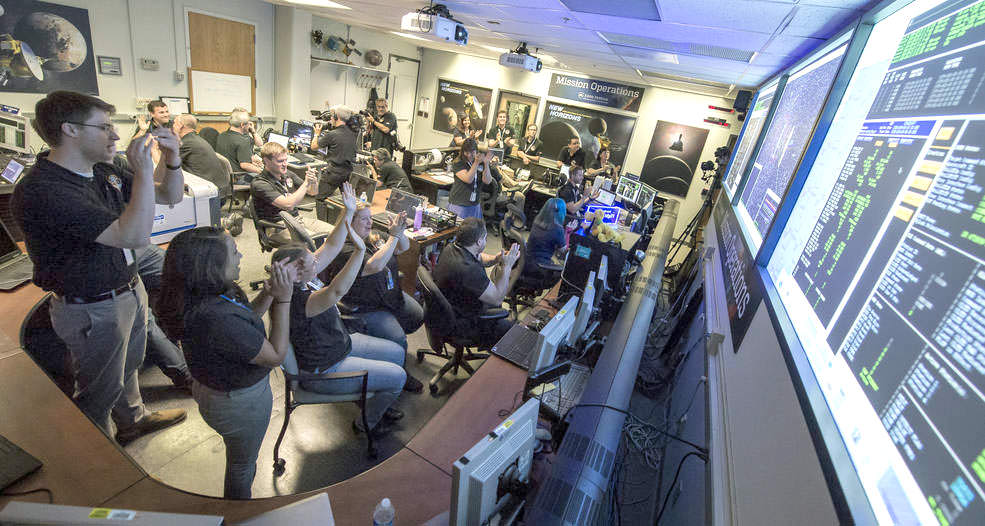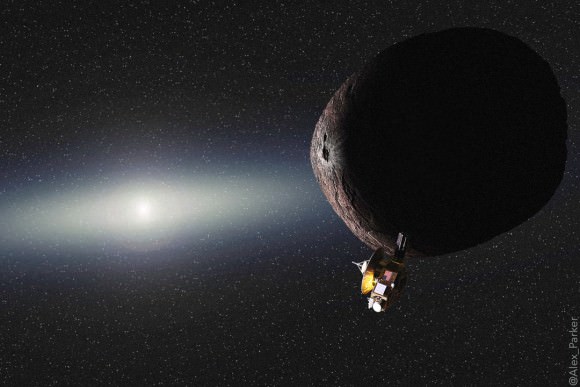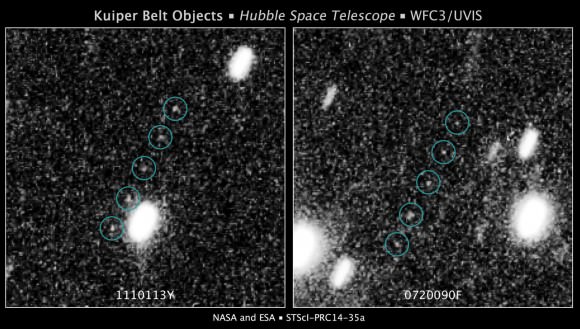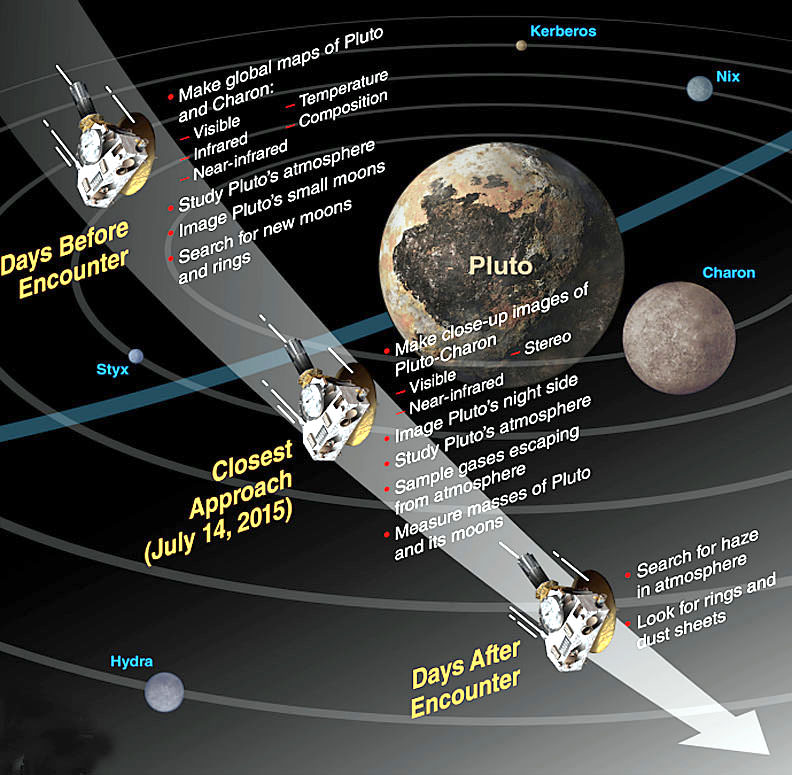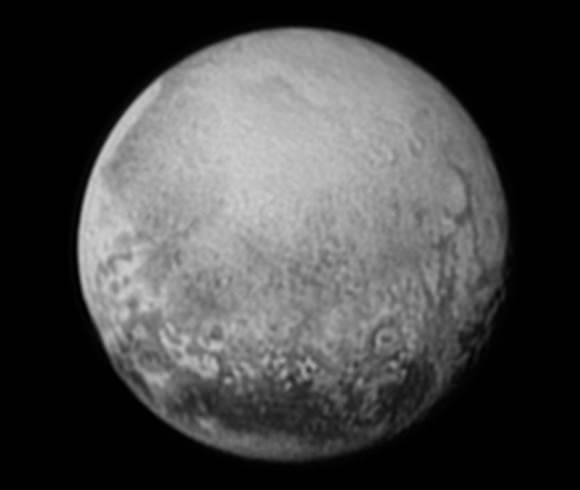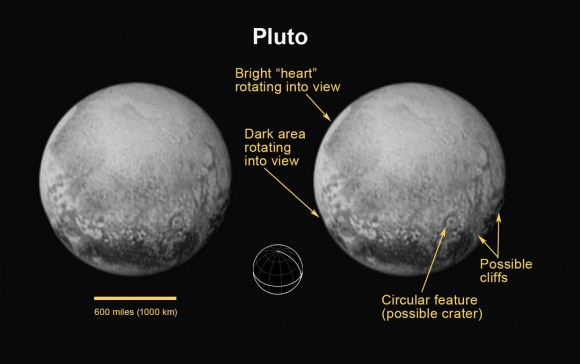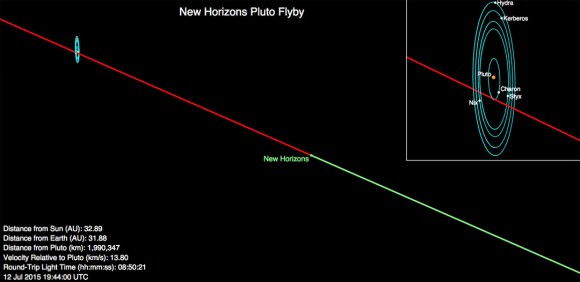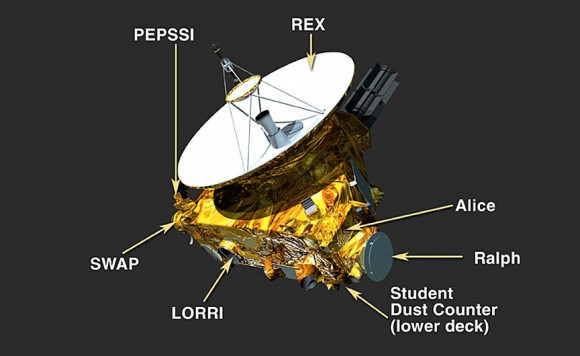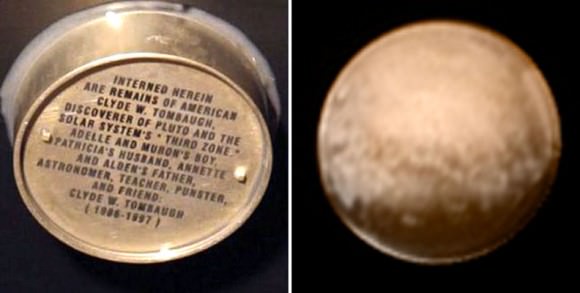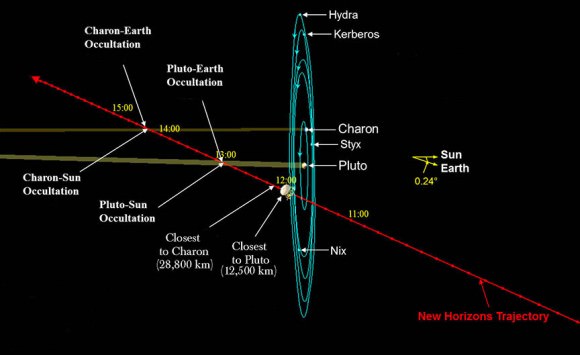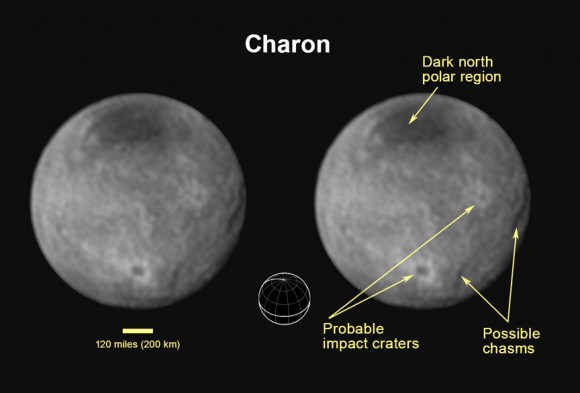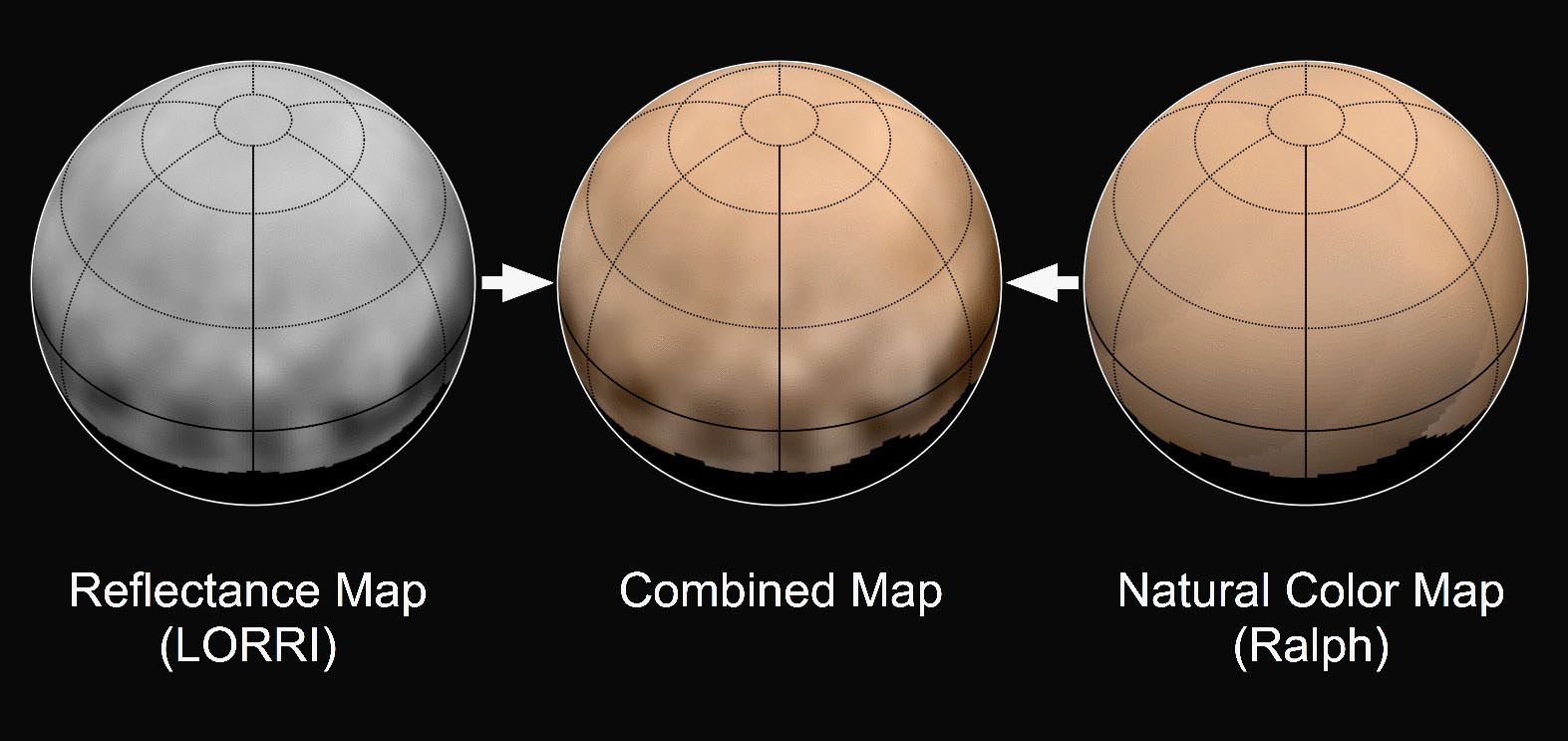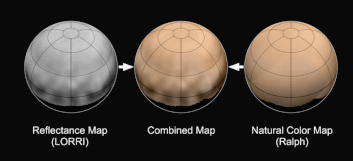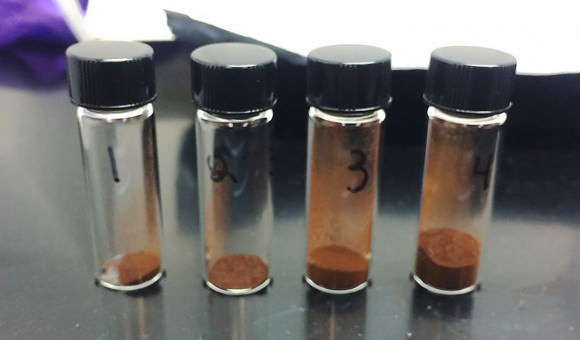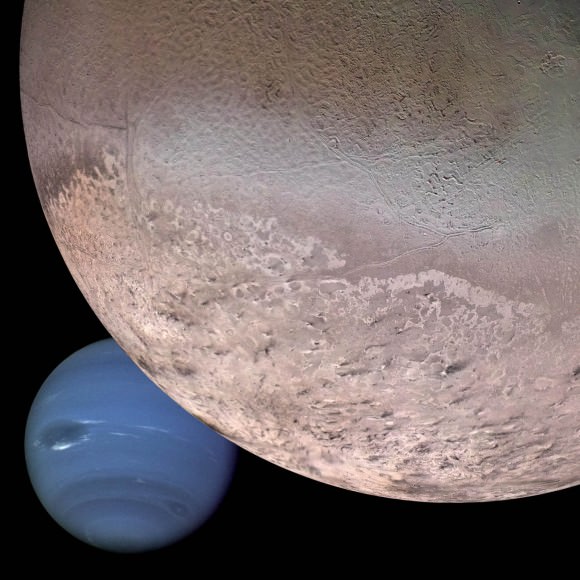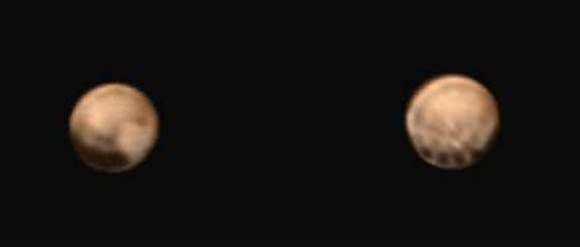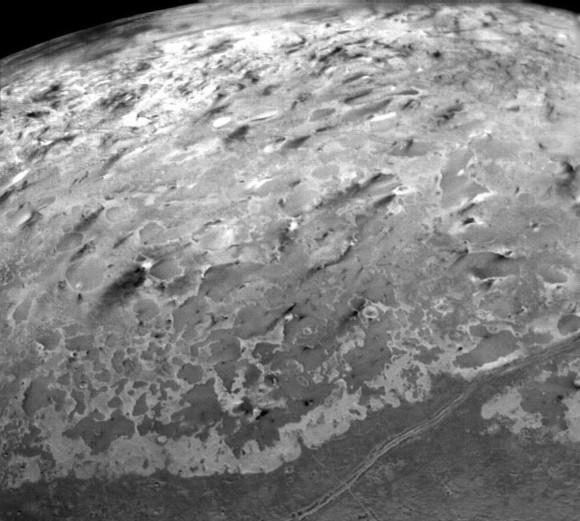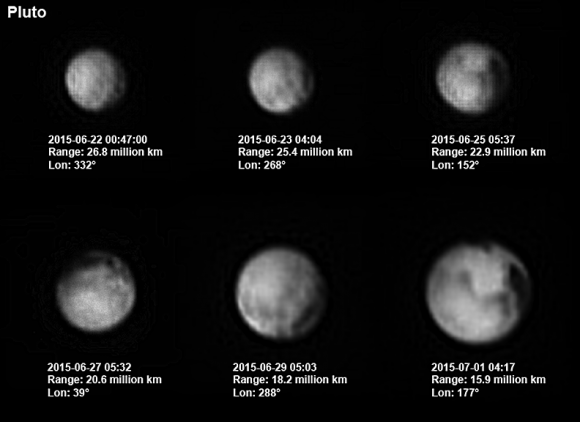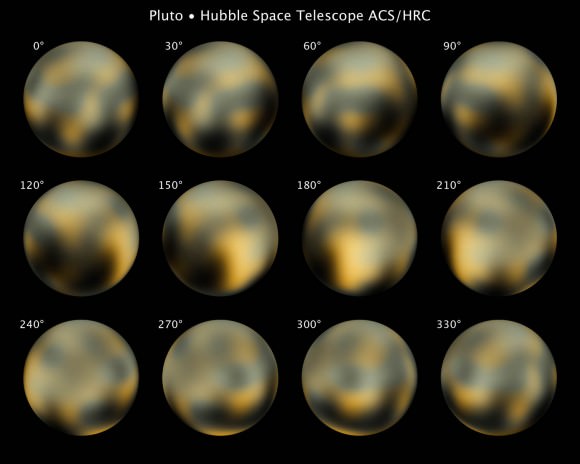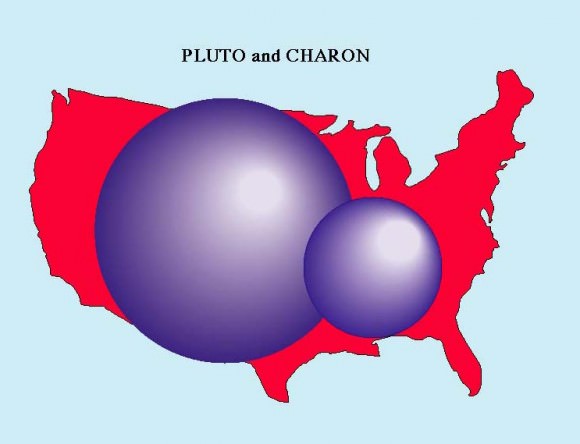On January 20th, 2016, researchers Konstantin Batygin and Michael E. Brown of Caltech announced that they had found evidence that hinted at the existence of a massive planet at the edge of the Solar System. Based on mathematical modeling and computer simulations, they predicted that this planet would be a super-Earth, two to four times Earth’s size and 10 times as massive. They also estimated that, given its distance and highly elliptical orbit, it would take 10,000 – 20,000 years to orbit the Sun.
Since that time, many researchers have responded with their own studies about the possible existence of this mysterious “Planet 9”. One of the latest comes from the University of Arizona, where a research team from the Lunar and Planetary Laboratory have indicated that the extreme eccentricity of distant Kuiper Belt Objects (KBOs) might indicate that they crossed paths with a massive planet in the past.
For some time now, it has been understood that there are a few known KBOs who’s dynamics are different than those of other belt objects. Whereas most are significantly controlled by the gravity of the gas giants planets in their current orbits (particularly Neptune), certain members of the scattered disk population of the Kuiper Belt have unusually closely-spaced orbits.
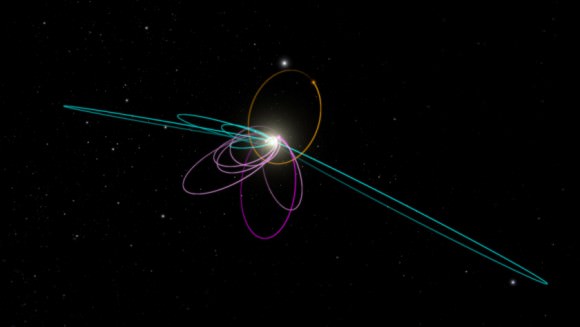
When Batygin and Brown first announced their findings back in January, they indicated that these objects instead appeared to be highly clustered with respect to their perihelion positions and orbital planes. What’s more, their calculation showed that the odds of this being a chance occurrence were extremely low (they calculated a probability of 0.007%).
Instead, they theorized that it was a distant eccentric planet that was responsible for maintaining the orbits of these KBOs. In order to do this, the planet in question would have to be over ten times as massive as Earth, and have an orbit that lay roughly on the same plane (but with a perihelion oriented 180° away from those of the KBOs).
Such a planet not only offered an explanation for the presence of high-perihelion Sedna-like objects – i.e. planetoids that have extremely eccentric orbits around the Sun. It would also help to explain where distant and highly inclined objects in the outer Solar System come from, since their origins have been unclear up until this point.
In a paper titled “Coralling a distant planet with extreme resonant Kuiper belt objects“, the University of Arizona research team – which included Professor Renu Malhotra, Dr. Kathryn Volk, and Xianyu Wang – looked at things from another angle. If in fact Planet 9 were crossing paths with certain high-eccentricity KBOs, they reasoned, it was a good bet that its orbit was in resonance with these objects.
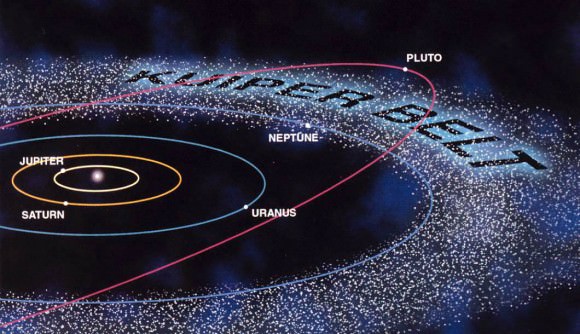
To break it down, small bodies are ejected from the Solar System all the time due to encounters with larger objects that perturb their orbits. In order to avoid being ejected, smaller bodies need to be protected by orbital resonances. While the smaller and larger objects may pass within each others’ orbital path, they are never close enough that they would able to exert a significant influence on each other.
This is how Pluto has remained a part of the Solar System, despite having an eccentric orbit that periodically cross Neptune’s path. Though Neptune and Pluto cross each others orbit, they are never close enough to each other that Neptune’s influence would force Pluto out of our Solar System. Using this same reasoning, they hypothesized that the KBOs examined by Batygin and Brown might be in an orbital resonance with the Planet 9.
As Dr. Malhotra, Volk and Wang told Universe Today via email:
“The extreme Kuiper belt objects we investigate in our paper are distinct from the others because they all have very distant, very elliptical orbits, but their closest approach to the Sun isn’t really close enough for them to meaningfully interact with Neptune. So we have these six observed objects whose orbits are currently fairly unaffected by the known planets in our Solar System. But if there’s another, as yet unobserved planet located a few hundred AU from the Sun, these six objects would be affected by that planet.”
After examining the orbital periods of these six KBOs – Sedna, 2010 GB174, 2004 VN112, 2012 VP113, and 2013 GP136 – they concluded that a hypothetical planet with an orbital period of about 17,117 years (or a semimajor axis of about 665 AU), would have the necessary period ratios with these four objects. This would fall within the parameters estimated by Batygin and Brown for the planet’s orbital period (10,000 – 20,000 years).

Their analysis also offered suggestions as to what kind of resonance the planet has with the KBOs in question. Whereas Sedna’s orbital period would have a 3:2 resonance with the planet, 2010 GB174 would be in a 5:2 resonance, 2994 VN112 in a 3:1, 2004 VP113 in 4:1, and 2013 GP136 in 9:1. These sort of resonances are simply not likely without the presence of a larger planet.
“For a resonance to be dynamically meaningful in the outer Solar System, you need one of the objects to have enough mass to have a reasonably strong gravitational effect on the other,” said the research team. “The extreme Kuiper belt objects aren’t really massive enough to be in resonances with each other, but the fact that their orbital periods fall along simple ratios might mean that they each are in resonance with a massive, unseen object.”
But what is perhaps most exciting is that their findings could help to narrow the range of Planet 9’s possible location. Since each orbital resonance provides a geometric relationship between the bodies involved, the resonant configurations of these KBOs can help point astronomers to the right spot in our Solar System to find it.
But of course, Malhotra and her colleagues freely admit that several unknowns remain, and further observation and study is necessary before Planet 9 can be confirmed:
“There are a lot of uncertainties here. The orbits of these extreme Kuiper belt objects are not very well known because they move very slowly on the sky and we’ve only observed very small portions of their orbital motion. So their orbital periods might differ from the current estimates, which could make some of them not resonant with the hypothetical planet. It could also just be chance that the orbital periods of the objects are related; we haven’t observed very many of these types of objects, so we have a limited set of data to work with.”
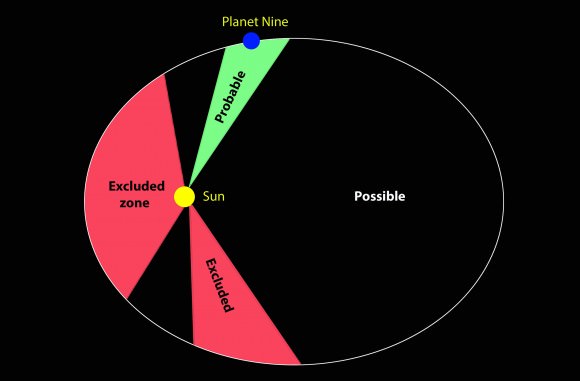
Ultimately, astronomers and the rest of us will simply have to wait on further observations and calculations. But in the meantime, I think we can all agree that the possibility of a 9th Planet is certainly an intriguing one! For those who grew up thinking that the Solar System had nine planets, these past few years (where Pluto was demoted and that number fell to eight) have been hard to swallow.
But with the possible confirmation of this Super-Earth at the outer edge of the Solar System, that number could be pushed back up to nine soon enough!
Further Reading: arXiv.org


